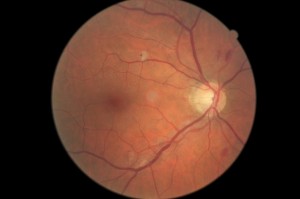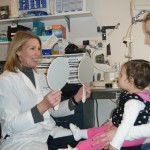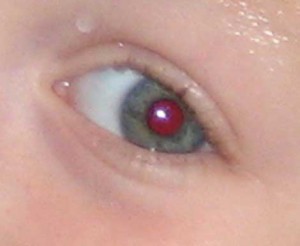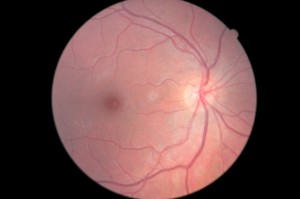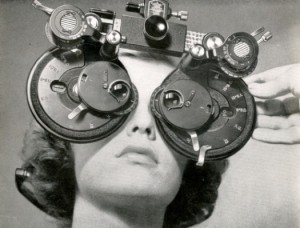If you have diabetes, it requires attention every day of the year, not just the month of November. But I am going to take advantage of Diabetes Awareness Month to remind you that your eyes are important and can be significantly impacted by diabetes.
First and most important, keep your blood sugar levels under tight control. In the Diabetes Control and Complications Trial, people on standard diabetes treatment developed retinopathy four times as often as people who kept their blood sugar levels close to normal. In people who already have retinopathy, the condition progressed in the tight-control group only half as often.
These impressive results show that you have a lot of control over what happens to your eyes. Also, high blood sugar levels may make your vision temporarily blurry.
Second, keep blood pressure under control. High blood pressure can make eye problems worse.
Third, quit smoking.
Fourth, see your optometrist at least once a year for a dilated eye exam. Having your regular doctor look at your eyes is not enough.
Fifth, see your optometrist if:
your vision becomes blurry
you have trouble reading signs or books
you see double
one or both of your eyes hurt
your eyes get red and stay that way
you feel pressure in your eye
you see spots or floaters
straight lines do not look straight
you can’t see things to the side as you used to
Don’t procrastinate. If you have diabetes and haven’t had a dilated eye exam in the last 12 months, schedule an eye exam now.
